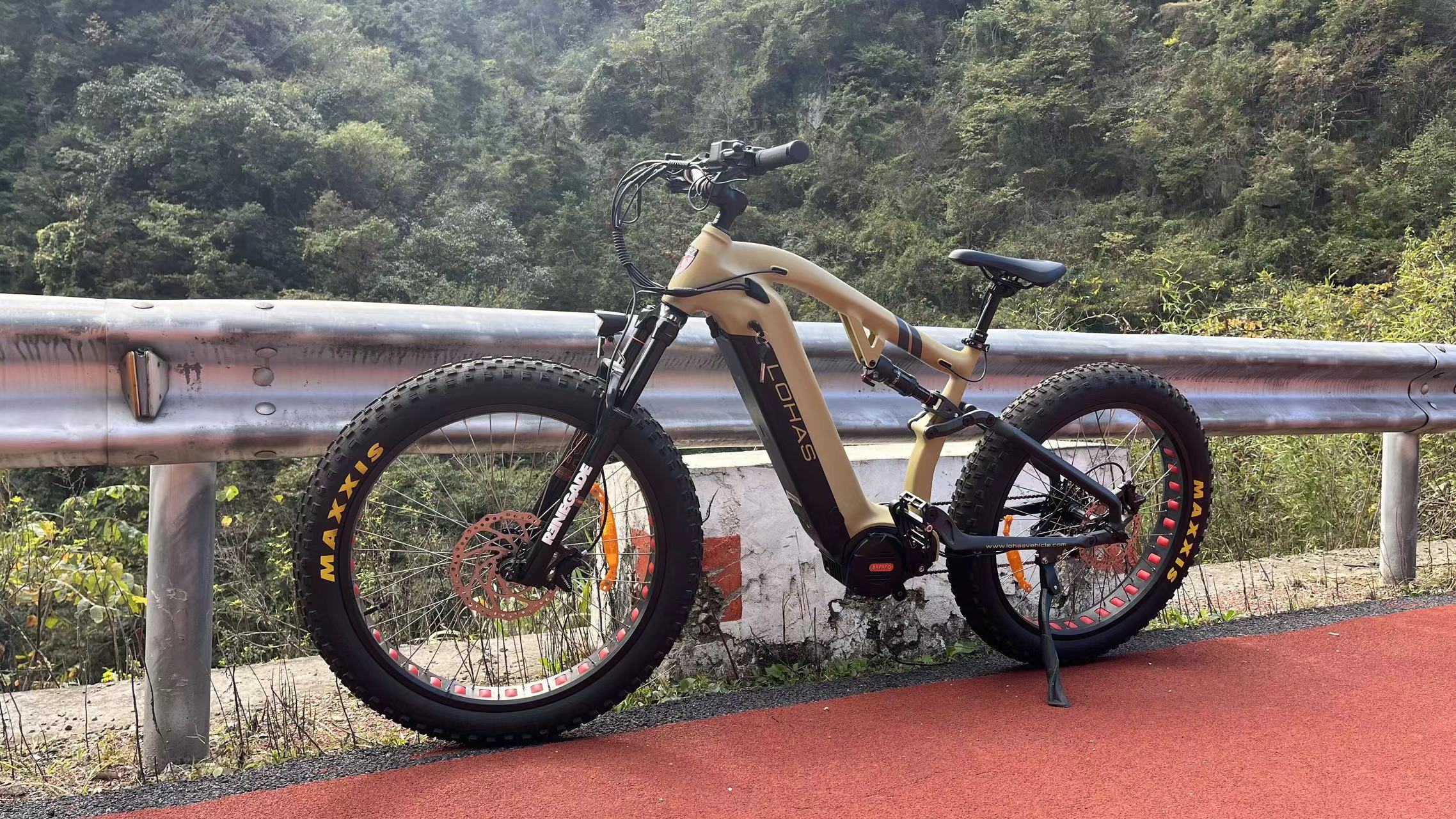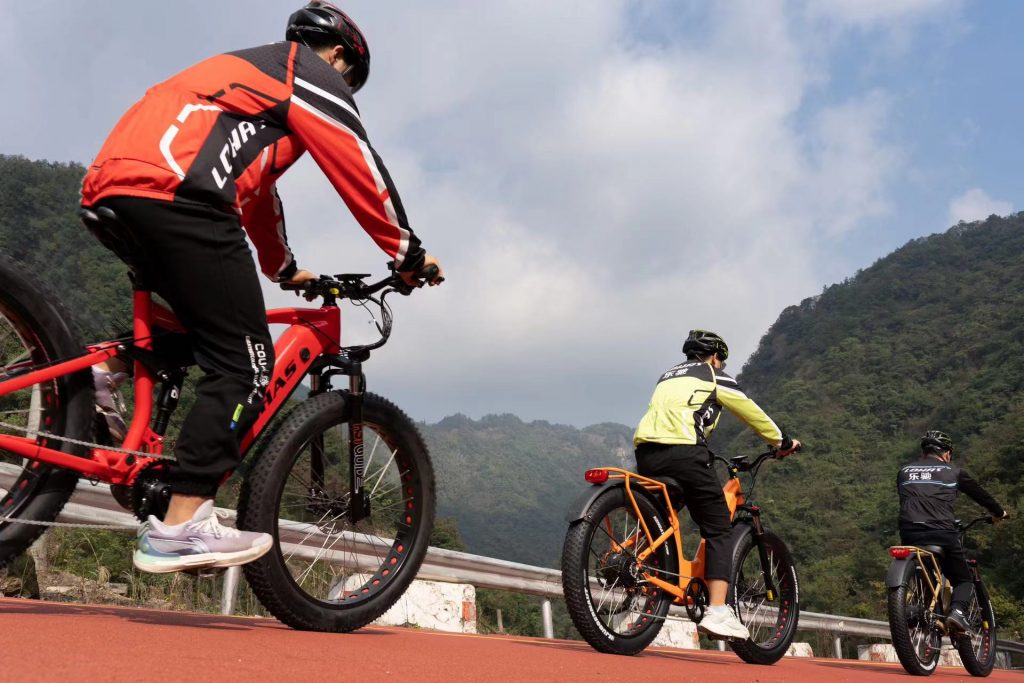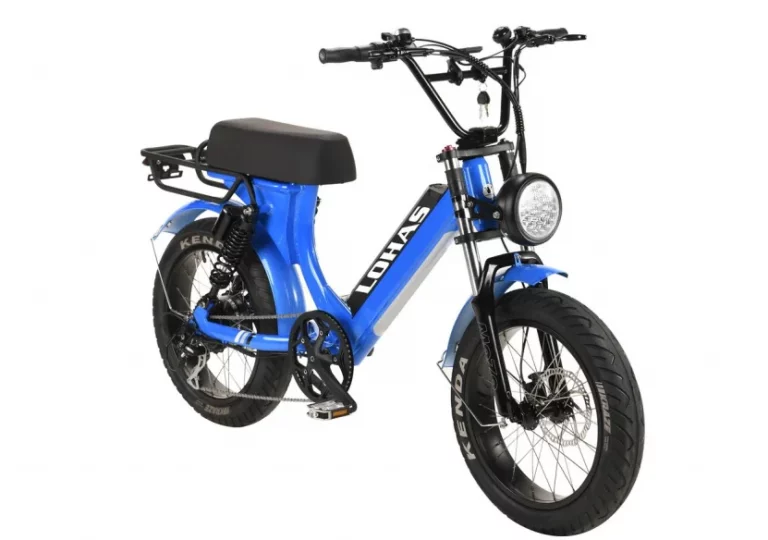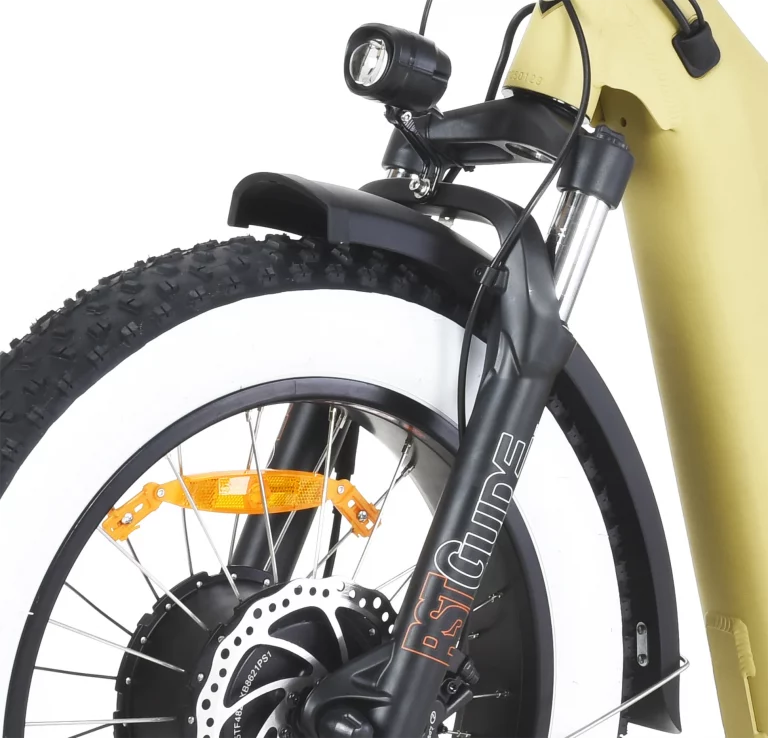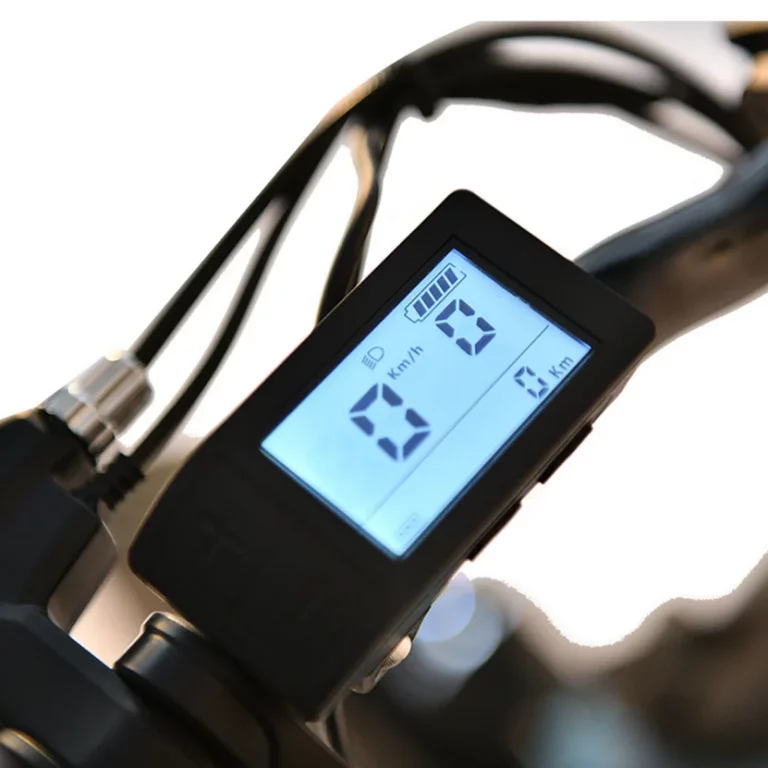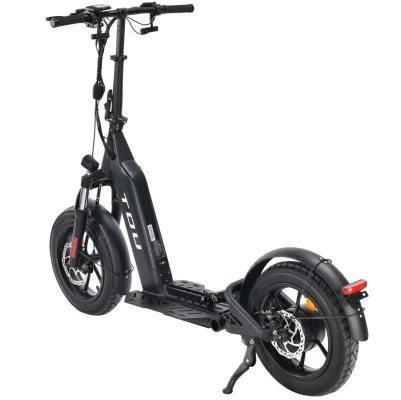Electric bicycles, often referred to as e-bikes or e-cyclists, have significantly transformed contemporary transportation and cycling paradigms. As a growing segment of the population adopts electric bikes for commuting, physical fitness, or recreational purposes, a common query arises: What is the typical speed one can achieve on an electric bike? Grasping the core principles of this modern riding method is essential for optimizing velocity, efficiency, and overall user satisfaction.
What is an Electric Bike?
Definition and Overview
An electric bicycle, commonly referred to as an e-bike, is a modern version of the traditional bicycle that incorporates an electric motor to aid propulsion. E-bikes distinguish themselves by offering varying degrees of assistance through either a power-on-demand or pedal-assist system. This functionality enables users to experience the advantages of cycling without excessive physical exertion, rendering e-bikes particularly suitable for commuting, recreation, or fitness activities.
Electric bicycles are available in multiple configurations designed to accommodate diverse needs and preferences. Whether navigating urban environments swiftly or enjoying relaxed rides through suburban parks, there is an e-bike model tailored precisely for those specific requirements.
Types of Electric Bikes
E-bikes can be broadly categorized into several types, each offering unique features and functionalities:
- Pedal-Assist E-Bikes: These bikes provide assistance only when the rider is pedaling. The level of assistance can usually be adjusted, allowing riders to control how much help they receive from the motor.
- Throttle-Controlled E-Bikes: Unlike pedal-assist e-bikes, these models can be powered solely by the electric motor without the need for pedaling. Riders can control the motor using a throttle, similar to a scooter or motorcycle.
- Speed Pedelecs: Known for their higher top speeds, speed pedelecs offer pedal assistance up to 28 mph (45 km/h). These e-bikes often require additional safety features such as mirrors and helmets due to their rapid pace.
- Cargo E-Bikes: Designed to carry heavy loads, these e-bikes are equipped with robust frames and powerful motors to handle additional weight, making them perfect for transporting goods or even children.
Yongkang LOHAS Vehicle Co., Ltd, as one of the famous brands in the production of electric bicycles, is committed to the research and development and manufacturing of related products. Yongkang LOHAS Vehicle Co., Ltd is a modern integrated enterprise specializing in the design, manufacturing, and distribution of electric bicycles and electric scooters, dedicated to the production of high quality electric bicycles and electric scooters.
How Electric Bikes Operate
Battery and Motor Specifications
The performance and speed of an electric bike are predominantly influenced by its battery and motor specifications. Typically, e-bikes utilize lithium-ion batteries due to their efficiency, extended lifespan, and rapid charging capabilities. The capacity of these batteries is generally measured in watt-hours (Wh), where a higher Wh signifies a more extensive range.
Electric bike motors can be positioned in several locations such as the front hub, rear hub, or mid-drive/crank-based system. Each placement offers unique benefits impacting the bicycle’s balance, torque distribution, and overall performance metrics. Motor power is quantified in watts (W), which—when considered alongside battery specifications—illustrates the bike’s proficiency in acceleration, hill climbing abilities, and sustaining speed.
Role of Pedal Assist Systems
Pedal assist systems (PAS) play a crucial role in how electric bikes operate. These systems detect the rider’s pedaling activity and provide proportional assistance from the motor. This interaction is often seamless, enhancing the riding experience by making it more comfortable, especially on longer or more challenging routes.
Pedal assist systems come with multiple levels, allowing riders to choose the amount of assistance they require. This customization ensures that whether you’re looking to break a sweat or take it easy, your e-bike can adapt to your needs. For example, in urban commuting scenarios, higher PAS levels can help navigate through traffic effortlessly, while lower levels can provide light assistance for those leisurely weekend rides.
Factors Influencing the Speed of an E-Bike
Legal Speed Limits
One of the primary factors that influence how fast you can go on an electric bike is local legislation. Different countries and regions have specific regulations that dictate the maximum speed at which e-bikes can legally operate. In many areas, the top speed for pedal-assist e-bikes is limited to 20 mph (32 km/h), while speed pedelecs can go up to 28 mph (45 km/h). Understanding these regulations is crucial for any rider to avoid legal complications and ensure a safe riding experience.
Bike Specifications
The specifications of the e-bike itself, including motor power and battery capacity, play a significant role in determining speed. Motors with higher wattage can provide more power and speed, particularly when climbing hills or accelerating quickly. Similarly, batteries with larger capacities (measured in watt-hours) can support longer rides at higher speeds without requiring frequent recharges. Factors like tire size and type, aerodynamics, and bike weight also significantly impact overall speed and performance.
Rider Influence
Rider characteristics, including weight, fitness level, and riding style, also influence the speed of an e-bike. Heavier riders may experience slightly reduced speeds, particularly when climbing inclines, as more power is required to maintain pace. Additionally, a rider’s ability to pedal efficiently and effectively, especially in lower pedal-assist settings, can affect how fast they travel. Environmental conditions such as wind resistance, terrain, and temperature also contribute to variations in speed.
Typical Speed Ranges for Electric Bikes
Average Speeds by E-Bike Type
Understanding the typical speed ranges for different types of e-bikes can help riders set realistic expectations. For most pedal-assist e-bikes, average speeds typically range between 15 to 20 mph (24 to 32 km/h). Throttle-controlled e-bikes might achieve similar speeds but do so without the need for pedal input. Speed pedelecs, as mentioned earlier, can reach up to 28 mph (45 km/h), providing a swifter option for those with a need for speed. Cargo e-bikes, due to their weight and load-bearing design, generally have slightly lower average speeds, around 12 to 15 mph (19 to 24 km/h).
Comparison with Traditional Bicycles
When compared to traditional bicycles, electric bikes offer a significant advantage in speed and ease of travel. Conventional bicycles typically average speeds between 10 to 14 mph (16 to 22 km/h), depending on a rider’s fitness level and road conditions. The motor assistance provided by e-bikes enables riders to comfortably exceed these speed ranges, enhancing their commute efficiency and overall cycling experience. This can be particularly beneficial for longer commutes or hilly terrains where maintaining high speeds on a traditional bicycle would be challenging.
Yongkang LOHAS Vehicle Co., Ltd covers an area of more than 18,000 square meters. We have two assemble line, and use advanced manufacturing equipment and techniques to produce high-quality electric scooters and electric bike that meet our strict standards. At the heart of our company is a dedicated R&D team comprising 20 professionals who contribute to e-bike design and innovation. To ensure the highest standards, our Quality Inspection team, consisting of 15 meticulous individuals, thoroughly check e-bike and e-scooter before shipment.
In conclusion, understanding the various factors that influence the speed of an electric bike, along with the typical speed ranges, can help riders maximize their ride’s efficiency and enjoyment. By considering legal regulations, bike specifications, and rider characteristics, e-bike users can make informed decisions that optimize their riding experience while maintaining safety on the road.

